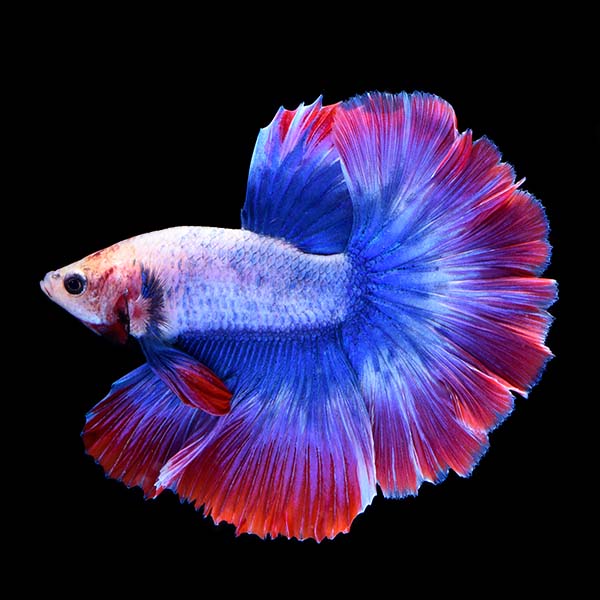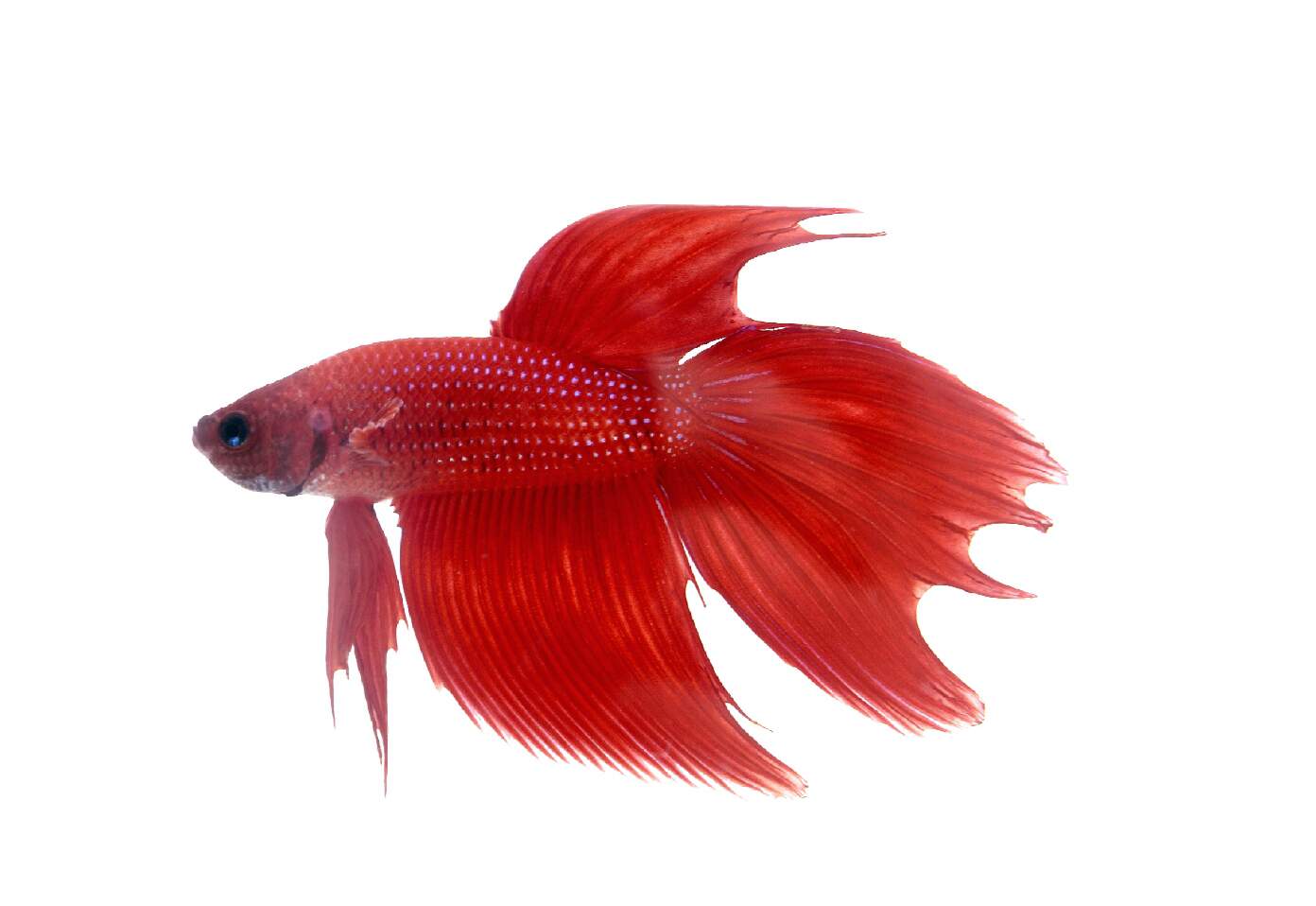Reproducing Betta Fish: a Comprehensive Step-By-Step Guide to Efficiently Raising Child Bettas From Eggs to The Adult Years
Breeding Betta fish is a precise endeavor that calls for mindful preparation and execution to guarantee the effective growth of fry from eggs to mature fish. Selecting genetically varied breeding pairs with preferable characteristics is just the start; developing an optimum environment and comprehending the intricacies of the breeding procedure are equally critical. As the male Betta vigilantly constructs a bubble nest and guards the valuable eggs, the succeeding phases of care and transition demand focus to detail and understanding of finest techniques. How does one navigate the difficult yet gratifying course of nurturing these lively creatures to their adult years?

Choosing Reproduction Pairs
When starting the journey of reproducing Betta fish, choosing the best reproduction sets is important to achieving desirable attributes and a healthy and balanced lineage - betta fish. The primary step in this process is to recognize the particular qualities you desire to improve or maintain, such as color, fin kind, and body form. It is vital to choose genetically varied pairs to prevent inbreeding, which can lead to wellness issues and unwanted features
Examine potential reproducing candidates meticulously. A healthy male Betta needs to display dynamic shades, an active behavior, and well-formed fins, while the lady ought to additionally present dynamic pigmentation and a rounded tummy, showing readiness for spawning. Observing the character of both fish is essential, as aggressive or excessively shy people might not reproduce successfully.
Maintaining documents of the moms and dad fish's ancestry can help you track genetic qualities and possible concerns. Inevitably, spending time in the option procedure will substantially improve the likelihood of producing strong, vibrant offspring that meet your reproduction goals.

Preparing the Reproduction Tank
Creating an optimum breeding atmosphere is an essential action after choosing suitable sets for Betta fish. The breeding container must be specifically designed to give comfort and boost the natural reproduction habits of the fish. Beginning with a tank size of a minimum of 10 gallons to guarantee adequate area for both the male and women Bettas.
Preserve a gentle filtration system to keep the water tidy while preventing solid currents that can worry the fish. In addition, an air stone can be included in offer oxygenation without interfering with the water surface also much.
Temperature level regulation is crucial; goal for a steady series of 78-82 ° F(25-28 ° C) using a reliable heating unit. The pH degree must be kept between 6.5 and 7.5, and normal water modifications are essential to guarantee high water top quality.
Incorporate drifting plants or generating mops to produce hiding areas for the lady, while also motivating bubble nest structure by the male - betta fish. Lastly, make certain the tank is Visit Website cost-free from sharp designs and any type of possible risks, as the well-being of the fish need to constantly be prioritized throughout this crucial stage of breeding.
The Reproduction Refine
Commonly, the reproducing procedure for Betta fish entails a collection of distinctive and observable behaviors that suggest preparedness for reproduction. The male Betta begins by building a bubble nest at the water's surface, which acts as a site for the fertilized eggs. This nest is essential, as it offers a safe environment for the eggs until they hatch.
Once the nest is developed, the man will certainly display courtship behaviors, such as flaring his fins and showing vivid shades to bring in the woman. The lady, upon picking up the male's readiness, will react by presenting upright red stripes along her body, signifying her receptiveness.
The fertilized eggs after that fall to the bubble nest, where the male thoroughly collects and returns them to the nest. Following this, the male presumes responsibility for find securing the nest and making sure the safety of the eggs up until they hatch out, normally within 24-36 hours.
Caring for Betta Fry
Looking after Betta fry needs careful interest to their setting and nutrition to make certain healthy development and advancement. After hatching, Betta fry are very small and prone, necessitating a steady and tidy habitat. Preserving a water temperature level in between 78 ° F and 80 ° F is vital, as Betta fry grow in cozy conditions. Furthermore, make certain that the water is complimentary of damaging toxic substances; routine water modifications of 10-20% are advised to keep optimal water quality.
Feeding Betta fry is just as vital. Feed them tiny quantities a number of times a day, being cautious not to overfeed, which can lead to water high quality problems.
Transitioning to Adult Bettas
As Betta fry mature, transitioning them to adult Bettas is a crucial stage that needs careful management of their atmosphere and social communications. This procedure normally begins when the fry get to around 6 weeks of age, whereupon they can be slowly introduced to a more structured living setting.
To facilitate this change, it best site is vital to make sure that the water parameters-- such as temperature level, pH, and ammonia levels-- are optimal and steady. Adult Betta fish prosper in cozy water (around 78-80 ° F) with a pH of 6.5 to 7.5. Gradually accommodate the fry to these conditions to decrease tension.
Social communications are one more vital element; man Bettas are infamously territorial and aggressive. As a result, it is suggested to separate men into private tanks as they develop. Female Bettas can be housed with each other, but treatment should be taken to keep an eye on for signs of hostility.
In addition, nutritional adjustments need to be made as the fry grow. Integrate high-grade pellets and live foods to sustain their growth and health. By handling these variables effectively, you can advertise an effective change to adulthood for your Betta fish.
:strip_icc()/siamese-fighting-fish-bettas-1378308-hero-f459084da1414308accde7e21001906c.jpg)
Final Thought
Effective reproduction of Betta fish requires mindful interest to detail throughout the whole process, from picking genetically diverse pairs to providing optimum care for fry. In addition, a well balanced diet and steady adaptation to grown-up environments are crucial for the development and advancement of Betta fish.